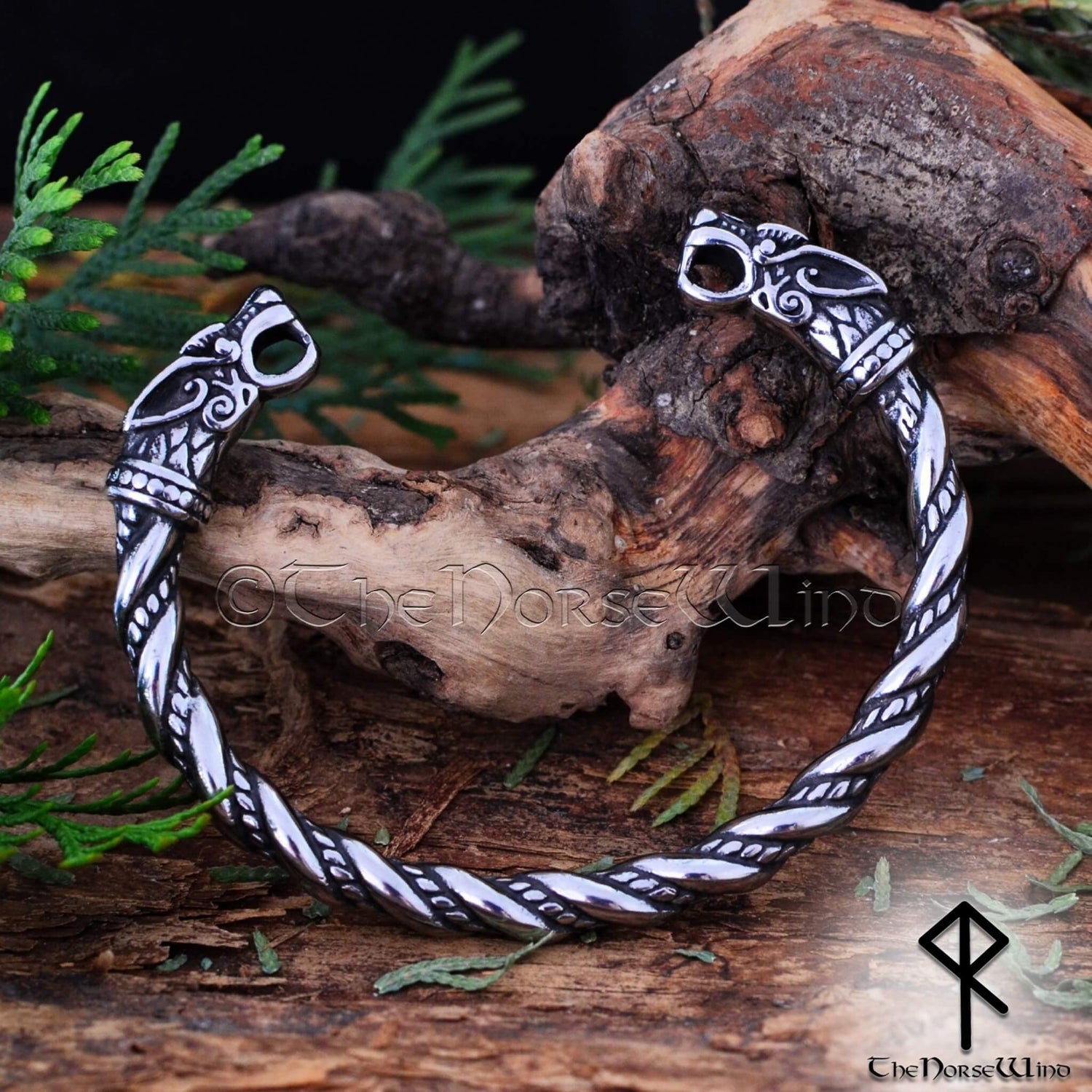Loki: The Norse God of Mischief, Chaos, and Cunning — Myths, Powers, and Legacy
Share
Who is Loki in Norse Mythology?
In the rich tapestry of Norse mythology, one name stands out for mischief, cunning, and unpredictability — Loki. Known as the trickster god, Loki is a complex figure whose actions often led to both trouble and solutions for the gods of Asgard.
Unlike gods such as Odin and Thor, Loki is neither wholly good nor evil. His dual nature made him a fascinating figure in Viking legends, embodying chaos, wit, and transformation.

Loki’s Origins and Family Tree
Loki is the son of the giant Fárbauti and the goddess Laufey, making him a unique bridge between the worlds of gods and giants (Jötnar). His complex family connections include:
Wife: Sigyn, a loyal goddess known for her unwavering support.
Children:
- Fenrir – The giant wolf destined to kill Odin during Ragnarök.
- Jörmungandr (Midgard Serpent) – The sea serpent that encircles Midgard (Earth).
- Hel – Goddess of the underworld, ruling over the dead.
These offspring cemented Loki's pivotal role in apocalyptic Norse prophecies.
What Are Loki’s Powers?
As a shapeshifter and master of illusions, Loki’s powers are unrivaled in Norse mythology. He can:
- Transform into animals and people.
- Manipulate fire and illusion.
- Outsmart gods and giants alike.
- Influence fate and sow discord.
His abilities made him both a valuable ally and a dangerous adversary to the gods of Asgard.
Loki in Norse Myths and Legends
Loki appears in numerous Norse myths recorded in ancient texts like the Poetic Edda and Prose Edda. Some of his most famous stories include:
1. The Death of Baldr
Loki orchestrated the death of Baldr, the beloved god of light, by tricking Baldr's blind brother into killing him with a mistletoe spear — the only thing that could harm him.
2. The Binding of Loki
After causing Baldr’s death and other betrayals, Loki was captured by the gods. He was bound in a cave with a venomous serpent dripping poison onto his face — a punishment he would endure until Ragnarök.
3. Helping the Gods
Despite his chaos, Loki also helped the gods on numerous occasions, including retrieving Thor’s stolen hammer and aiding in the construction of Asgard’s protective wall.
Loki and Ragnarök: The End of the World
In Norse prophecy, Loki plays a central role in Ragnarök, the end of days. He leads the forces of chaos against the gods, breaking free from his bonds and joining his children in the final battle.
Key events involving Loki in Ragnarök:
- He fights against the gods as a leader of the giants.
- Battles Heimdallr, resulting in both their deaths.
- His children, Fenrir and Jörmungandr, wreak havoc, killing major gods like Odin and Thor.
Loki’s Legacy in Modern Culture
Loki remains a compelling figure in modern storytelling. From Marvel’s Loki played by Tom Hiddleston to books, games, and TV shows, his mythological roots continue to influence pop culture.
Popular searches for “Who is Loki?”, “Loki Norse mythology meaning”, and “Loki’s children Norse mythology” reflect a growing interest in the original myths beyond Hollywood’s interpretation.
Why is Loki Important in Norse Mythology?
Loki embodies the unpredictable forces of nature and fate. In Viking belief, chaos was not just destruction but a necessary part of life’s cycle — a balance between order and disorder.
He represents:
- Change and transformation
- The duality of hero and villain
- The consequences of unchecked cunning
This makes him a timeless symbol in both myth and metaphor.
Final Thoughts: The Enduring Appeal of Loki
From ancient Viking sagas to modern pop culture, Loki’s story remains one of the most captivating in Norse mythology. His cunning, flaws, and unpredictable nature offer insight into the Norse worldview — a cosmos where even the gods are subject to fate and flaws.
Wear the Spirit of the Trickster: The Loki Necklace
For those drawn to the mystery, chaos, and cleverness of Loki, our Loki Necklace is a perfect tribute to the Norse god of mischief. Crafted from hypoallergenic stainless steel and designed with Viking knotwork details, this necklace captures the essence of Loki’s cunning nature and untamed spirit.
Why Wear a Loki Pendant?
In Viking culture, wearing symbols of gods like Loki was believed to offer protection, cunning in battle, and the ability to navigate difficult situations with wit and bravery. Today, it’s a powerful talisman for anyone who identifies with rebellion, transformation, and clever strategy.
Product Highlights:
- Made from durable, skin-friendly stainless steel
- Features Norse knotwork details inspired by ancient Viking art
- Available with different chain styles, including box chain and wheat chain
- Perfect for fans of Norse mythology, Viking jewelry, and anyone embracing their inner trickster
👉 Shop the Loki Necklace here and carry the spirit of the trickster god with you.












